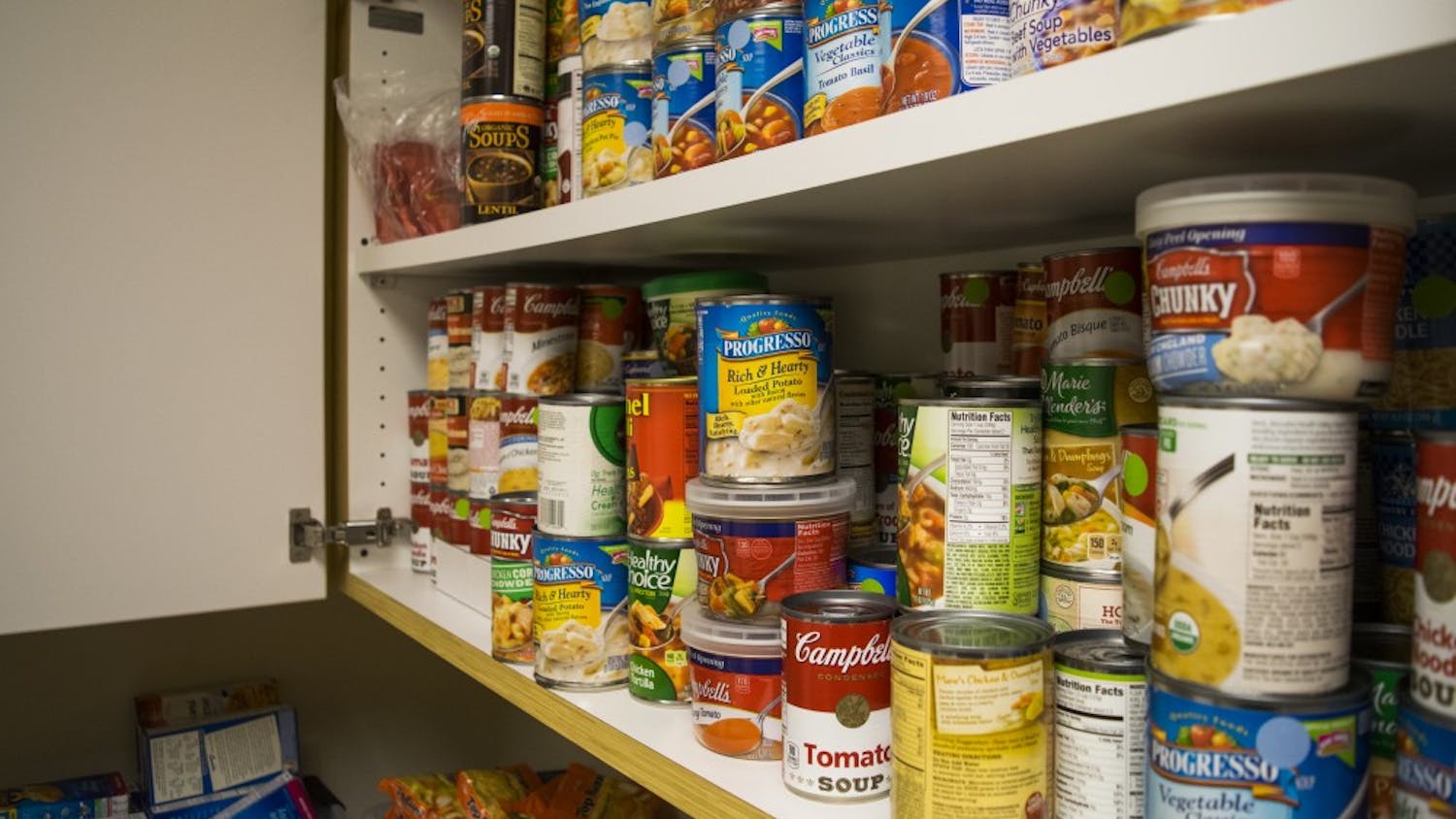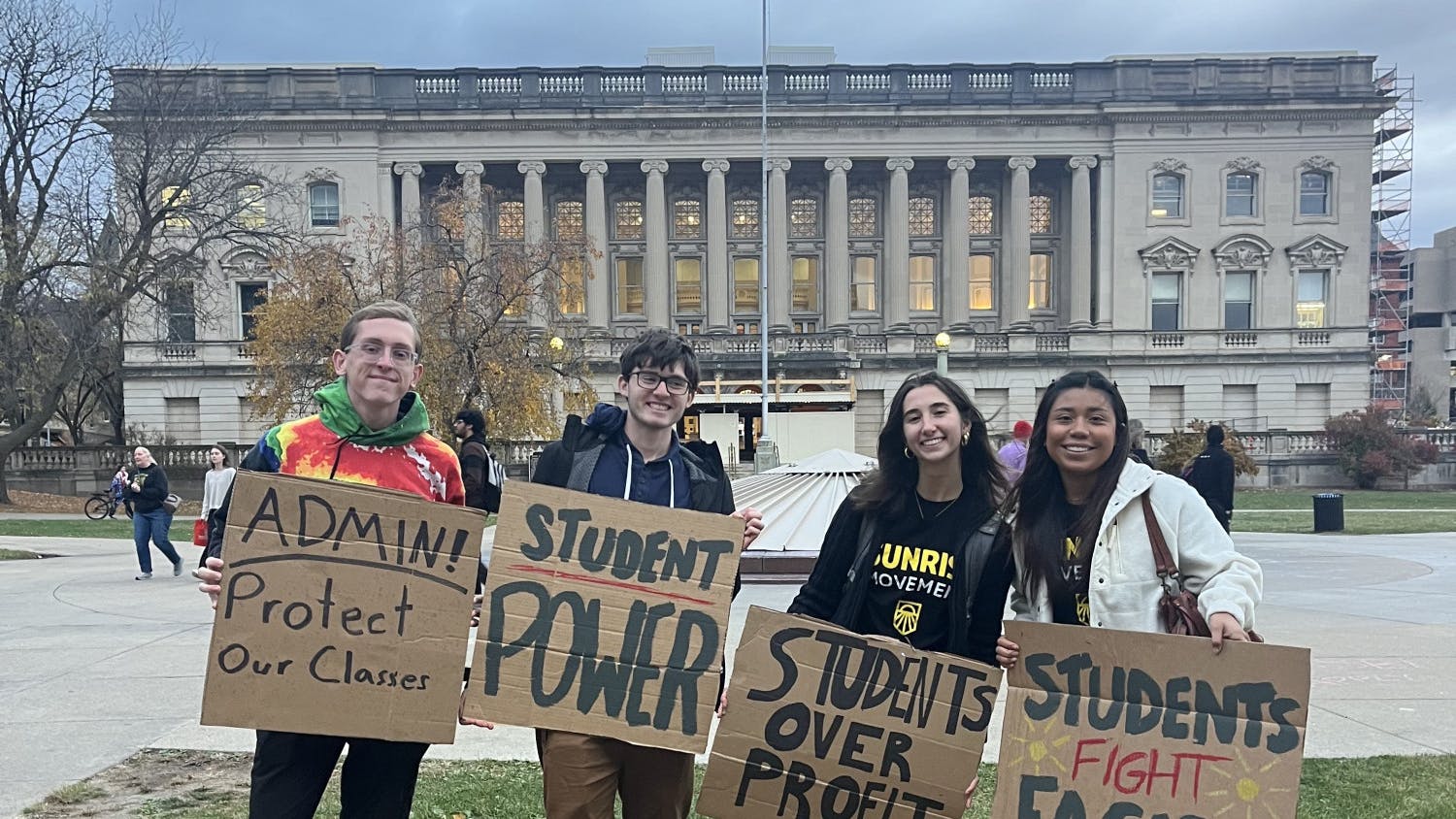After two weeks of watching superb Olympic athletes and hearing about their arduous preparation, believing in extremely intense athletic training suddenly seems reasonable.
Athletic trainers have, in fact, long counseled athletes not to overtax their bodies since overtraining may cause fatigue and poor performance. But now experts in the emerging field of exercise immunology offer other reasons for caution'they say overtraining may weaken an athlete's immune system, increasing vulnerability to viral and bacterial infection.
David Nieman, professor of health, leisure and exercise science at Appalachian State University and a leader in the emerging field, has hypothesized a 'J-curve' to describe the relationship he sees between physical activity and resistance to disease.
According to Nieman's hypothesis, moderate exercise'around 45 minutes per day'improves immune function, leading to lower incidence of upper respiratory tract infection. However, intensive exercise lasting longer than 90 minutes causes adverse changes in the immune system that may last between three and 72 hours, increasing susceptibility to respiratory viruses in particular. The hypothetical dip and rise in vulnerability to infection forms a 'J''giving his theory its name.
Dr. Roy J. Shephard, professor emeritus of applied physiology at the University of Toronto, offered some evidence to support Nieman's idea. In a 1999 article in The Physician and Sportmedicine, Shephard noted that exercise'which usually involves mouth breathing'may dry out airways, making it easier for germs to take hold.
Shephard also pointed out that intense exercise temporarily decreases the activity of several immune system components, including certain white blood cells. According to Shephard, exercise-induced susceptibility to infection is probably related more to changes in immune cell counts than changes in mucous membranes and other physical barriers to infection.
Nieman's hypothesis'although not accepted as hard fact by researchers or practitioners in sports medicine'is 'well-accepted,' according to Laurel Mackinnon, an adjunct professor of movement studies at the University of Queensland in Australia.
Greg Landry, one of three primary care physicians for the UW Badger sports teams, said that there is 'some controversy' in the scientific community about the J-curve hypothesis but noted that 'there are lots of anecdotes from athletes that appear to get sick during periods of heavy training.'
'The swim teams go over to Hawaii to train very intensely and they all remark about how they all get sick during that time even though they're in a warmer climate,' Landry said.
Landry said he is not involved in determining training schedules for healthy athletes. Those are set by the NCAA and restrict an athlete's required training to four hours per day and 20 hours per week during the playing season. Landry said that these restrictions'in place since 1991'probably arose from concerns about psychological stress on athletes and interference with schoolwork rather than worries about immunological vulnerability.
Even when an athlete gets sick, however, Landry said that there are few medical symptoms that clearly call for limiting exercise. According to Landry, fever is the main one, since it means an athlete's body is already stressed and the heart rate is up. But he said many athletes train through a runny nose or cough or other symptoms.
Michael Flynn, professor of kinesiology at Purdue University, said that increased risk of upper respiratory infection should not deter young men and women from pursuing marathon or triathlon performance.
According to Flynn, 'There is too much fun to be had. Remember, not exercising is more dangerous than exercising for most individuals.'





